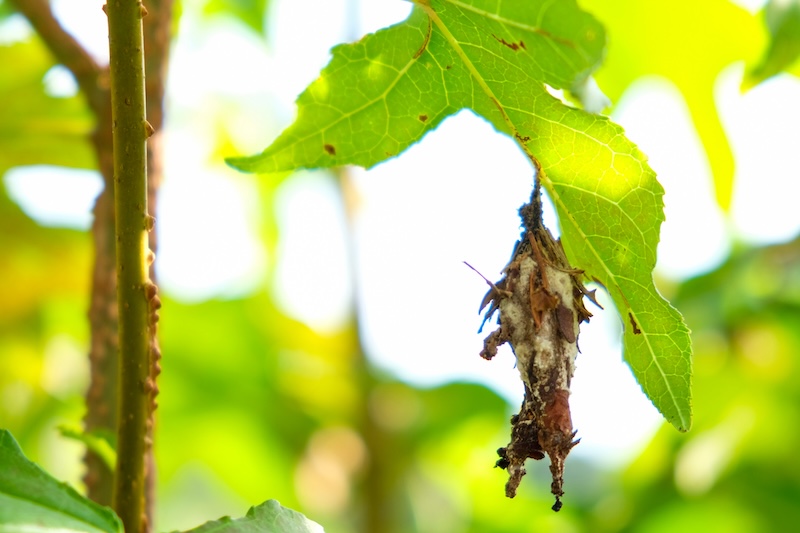The Impact of Bagworms on Evergreen Trees and Shrubs
Bagworms, those pesky little insects that create cone-shaped bags on your trees and shrubs, might seem harmless at first glance. However, these tiny pests can wreak havoc on your landscape, especially on evergreen trees and shrubs. Abracadabra Lawn Pest & Weed Control is here to shed light on the destructive nature of bagworms, their impact on your landscape, and how professional pest control services can save your precious greenery.

Understanding Bagworms
Bagworms (Thyridopteryx ephemeraeformis) are moth larvae that construct protective bags from silk and plant debris. These bags camouflage them and make them difficult to spot. Bagworms are particularly fond of evergreen trees and shrubs like juniper, arborvitae, spruce, and cedar.
Devastating Effects on Evergreens
The feeding habits of bagworms can have devastating consequences for evergreen trees and shrubs. They primarily feed on the foliage, leading to defoliation, which weakens the plant’s overall health and can eventually lead to its demise. Evergreens are especially vulnerable as they don’t shed their leaves seasonally, making it harder for them to recover from defoliation.
- Reduced Aesthetic Appeal: Bagworm infestations can quickly turn lush green foliage into a barren, unsightly mess, diminishing the beauty of your landscape.
- Stunted Growth: Defoliation caused by bagworms can hinder the growth of evergreen trees and shrubs, preventing them from reaching their full potential.
- Increased Vulnerability to Diseases: Weakened plants are more susceptible to diseases and other pests, compounding the damage caused by bagworms.
- Tree Death: In severe cases, especially with young or stressed trees, bagworm infestations can lead to the death of the plant.
Signs of Bagworm Infestation
Early detection is crucial in managing bagworm infestations. Keep an eye out for the following signs:
- Bag-like Structures: The most obvious sign is the presence of cone-shaped bags hanging from branches. These bags can vary in size and are often camouflaged with leaves and twigs.
- Chewed or Missing Foliage: Bagworms feed on leaves and needles, leaving behind chewed or missing foliage.
- Brown or Yellowing Leaves: As bagworms continue to feed, the leaves of affected plants may turn brown or yellow and eventually fall off.
Effective Bagworm Control with Abracadabra Lawn Pest & Weed Control
While there are DIY bagworm control methods, professional pest control services offer the most effective and efficient solution. Abracadabra Lawn Pest & Weed Control utilizes targeted treatments to eliminate bagworms and prevent future infestations.
- Expertise: Our experienced technicians are trained to identify and assess bagworm infestations accurately.
- Customized Treatment Plans: We develop personalized treatment plans based on the severity of the infestation and the specific needs of your landscape.
- Safe and Effective Products: We use safe and environmentally friendly products that effectively target bagworms while minimizing harm to beneficial insects and the environment.
- Preventive Measures: Our services include preventive measures to deter future bagworm infestations, protecting your landscape in the long run.
Protecting Your Investment
Investing in professional bagworm control is not just about preserving the beauty of your landscape; it’s also about protecting your investment. Healthy trees and shrubs increase property value and provide numerous environmental benefits.
Bagworms can pose a significant threat to the health and beauty of your evergreen trees and shrubs. Early detection and professional intervention are crucial in preventing extensive damage and ensuring the longevity of your landscape. Trust Abracadabra Lawn Pest & Weed Control to protect your investment and keep your greenery thriving.
Don’t let bagworms ruin your landscape. Contact Abracadabra Lawn Pest & Weed Control today for a free consultation and let us help you safeguard your evergreen trees and shrubs.
